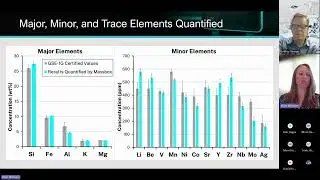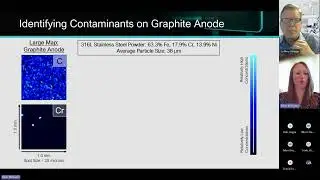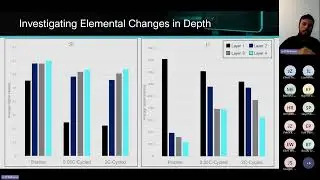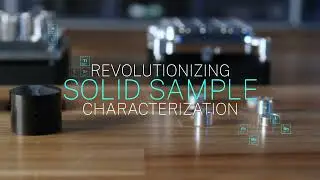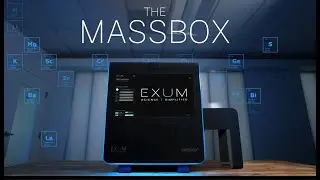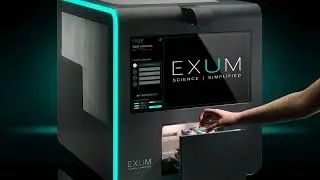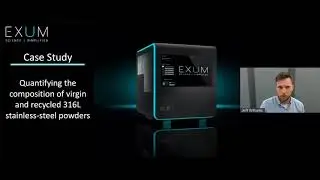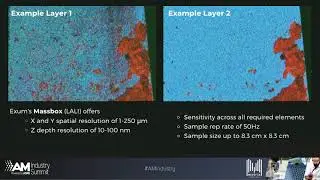Lithium Mapping on Pristine and Cycled Silicon Anodes
Exum Instrument CEO / CTO Jeff Williams describes a case study demonstrating elemental and chemical differences across pristine and cycled silicon anodes. For developers of next-generation battery cells, characterizing elemental distributions within electrodes is crucial. Specifically, measuring the distribution of lithium in anodes is important for understanding lithium-ion behavior during charge and discharge cycles, characterizing the solid electrolyte interphase (SEI) layers, and identifying areas of accumulation that may lead to plating or other failure mechanisms. Traditionally, battery researchers rely on a lab's worth of spectroscopy and microscopy tools to characterize both surface chemistry and perform depth profiling.
Addressing the challenges of traditional techniques, Exum's Massbox provides both broad-scale elemental mapping and depth profiling in a single desktop instrument. This study demonstrates the Massbox's ability to map lithium and other elements of the periodic table simultaneously to identify both potential lithium plating and electrolyte decomposition species. Such information is critical for optimizing battery performance, capacity, and lifespan.
To learn more about the Massbox and its Laser Ablation Laser Ionization Time of Flight Mass Spectrometry (LALI-TOF-MS) technique, visit https://www.exuminstruments.com/massbox..







![S.O.D. | Aren't You Hungry at Thrash Of The Titans [2001]](https://images.mixrolikus.cc/video/i-U5ddO8zRo)

